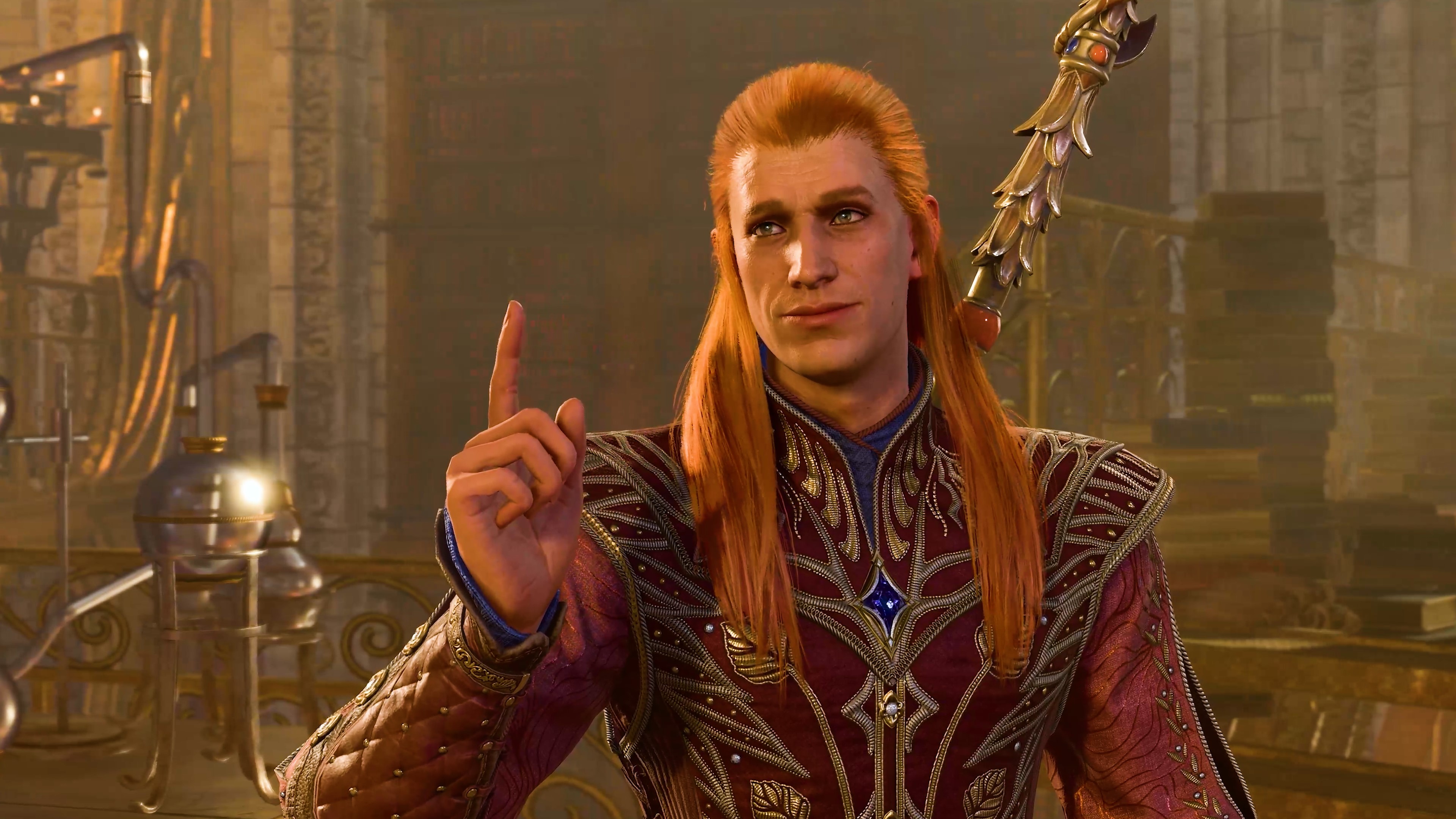Baldur’s Gate 3 dev spiega in minuzioso dettaglio come e perché i giocatori riescono a interrompere il gioco: “La cosa più semplice sarebbe bloccare i giocatori … ma a Larian questo non ci piace”
In a newly posted presentation for Sofia Game Jam, Larian gameplay scripter Mihail Kostov outlined the work and thinking that goes into an RPG as freeform as Baldur’s Gate 3, focusing on the “edge cases” that Larian had to account for even if an incredibly small percentage of players might run into them. We’ve heard similar stories from Larian before, but Hostov offered an interesting nitty-gritty approach.
This comes on the heels of newly discovered content from Proxy Gate Tactician, who unearthed new fail-safes and a rare unsolved soft lock tied to losing the all-important Netherstones in Baldur’s Gate 3. One of these safeguards, a group of kobolds that can recover your Netherstones from a destroyed factory in case you somehow left them behind pre-explosion, comes up in Kostov’s talk. The rest of the presentation is an equally fascinating look under the hood of a famously detailed RPG. Spoilers for Baldur’s Gate 3, up to and including Act 3, ahead.
Hostov and Larian define edge cases as “any way that a player action may push a system to the extreme.” Larian’s goal in these cases is to “ensure that the game is always completable from start to finish” no matter what hijinks players get up to, and to maintain consistency within the narrative – no teleporting or inexplicably revived characters and what not. This challenge goes on the scale opposite Larian’s desire to “fuel and reward player creativity,” Hostov explains, and to make sure that “giocatori’ choices have consequences.” This lines up with previous comments from Larian boss Swen Vincke, who stressed the importance of creating content that very few players will find.
Here comes the ‘but’ looming over this situation: there are a lot of ways to break Baldur’s Gate 3. Hostov shared a laundry list of challenges that will no-doubt strike fear into the hearts of game devs:
- Most NPCs can be attacked and die
- NPCs can be knocked out non-lethally
- Items can be attacked/destroyed/moved/stolen at any time
- Important items may be dropped in no-longer-accessible regions
- Most triggers/spotting areas can be sneaked past
- Any dialog can fail to start for many reasons
- Any dialog can be interrupted at any point
- Quests can be completed in any order
- The party can have more than one character (or player) in different locations
- NPCs could be used in previous situations with multiple outcomes
- Most fights can be fled from
- Multiple combats can be started separately and then merged into one
- NPCs may be moved around by crimes or other disturbances
Anche allora, Hostov says “there are many, molti altri, that’s just a few.” But these factors alone frame an array of potential exploits and loopholes, which come up later in the talk.

Hostov’s first example of “actual edge cases” is also the simplest: how do you stop players from bypassing checkpoints by having characters sneak by while another character chats up the guards? Hostov’s answer: add multiple guards and give them escalating warnings for crimes like trespassing, which can override other instances. Small fixes and mini-quests like these can fall under Larian’s “booster” category as opposed to full-blown quests.
What if a necessary NPC is missing from a quest due to the complications of another quest – or, forse, an untimely demise due to a freak accident where their head landed on your hammer? In this case Larian will often use another character you’ve met before to fill in, and if that character’s dead, altro one. If they’re also dead or MIA, create a new one if needed. Hostov argues that it’s okay for the overall fidelity of each situation to drop as the scenarios become increasingly niche – and even then, “not all edge cases, if missed, can be fixed in the best way” – as long as everything is tonally consistent and checks the essential boxes.
My favorite example is connected to Lae’zel and one of the core Githyanki questlines. You encounter the Githyanki leader Voss in Act 1, and if you follow his questline through to completion, he’ll give Lae’zel a legendary sword in Act 3. Hostov agrees that this is the best sword for melee Githyanki builds, so obviously players figured out a way to get it in Act 1 by casting the Heat Metal spell, which makes characters drop metal weapons, on Voss. Il problema è, the dialog initially tied to this sword could spoil events of Act 3. This forced Larian to adjust Lae’zel’s lines knowing full well it would be enabling wildly overpowered early builds.
“The easy thing would be to block players from using Heat Metal on Voss,” Hostov explains. “But we don’t like that at Larian. We love this sort of stuff so let’s fully support it. Let players keep the cool weapon. They found a way to exploit the game, let them have it, it’s awesome. And rewrite Laezel’s dialog to make sure it works in Act 1. This might mean recording new lines, it might mean hiding some of the lines, but supporting the player’s creativity is awesome. We found out later there’s actually a wiki page for this exploit. It’s super long too. That’s awesome.”











